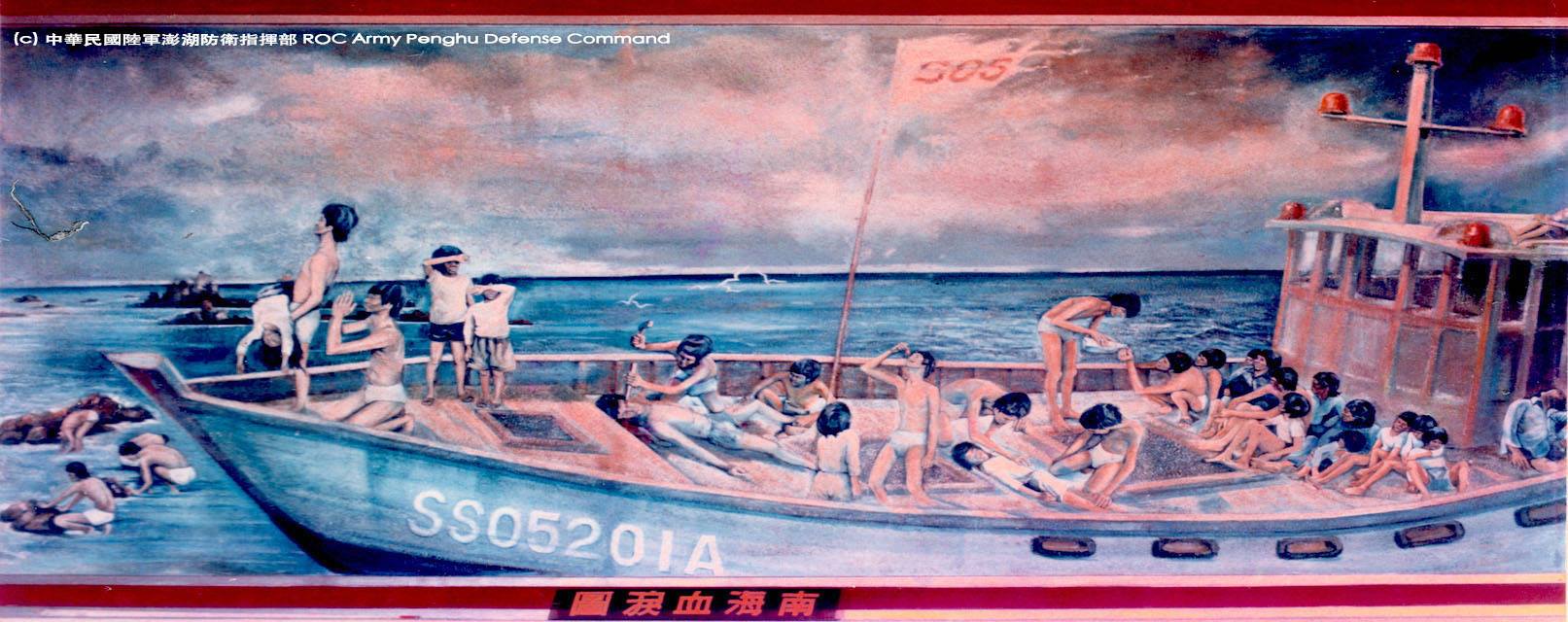by Brian Hioe
語言:
English
Photo Credit: A Camp Unknown/PTS
THE PTS DOCUMENTARY A Camp Unknown (彼岸他方), directed by Awei Liu, proves an insightful look at a forgotten period in Taiwanese history. The documentary examines refugee camps for Chinese Vietnamese refugees that existed in Taiwan from 1977 to 1988.
As a result, there were over two thousand residents of two camps in Penghu, who arrived on 51 vessels. However, as Liu comments in the film, this is history forgotten by residents of Taiwan, as well as residents of Penghu. Liu has reportedly been documenting the history of refugees that resided in the camps for several decades.
In particular, after Taiwan’s departure from the UN, it has become forgotten that Taiwan used to be a country that took in refugees. To this extent, with Taiwan’s increased diplomatic isolation in the decades afterward, there has been a greater focus on developing exchanges with Japan, South Korea, and the US, while it has been forgotten that Taiwan used to have substantial interactions with South Vietnam.
The documentary seeks to balance the context of the larger history involving Vietnamese refugees along with the personal stories of refugees. Specifically, the film is bookended by the story of a Vietnamese American man who was born in a refugee camp in Penghu in the late 1980s, as one of 106 babies born in the camps, who seeks to retrace his origins. This goes to show how contemporary the events depicted in the film are, in that the last children born in the camps are now individuals in their early 30s.
Otherwise, the film benefits from a wealth of interviews conducted by the director with former residents of the camps. This serves to highlight what the everyday life of camp residents was like, including with regard to what they did to survive, what they ate, and how they interacted with their peers. There is a wide range in the interviews presented in the film, including individuals that later resettled in the US, Europe, and elsewhere, as well as individuals from all walks of life.

Painting depicting the incident involving the eating of corpses after a shipwreck. Photo credit: ROC Army Penghu Defense Command
The documentary successfully evokes how aid provided to Vietnamese refugees set the template for later efforts by Taiwan to lobby for admittance to the international community as a way around its diplomatic isolation. But, consequently, the film is also attentive to how the KMT sought to use the plight of Vietnamese refugees for propaganda purposes.
For one, the refugees that were allowed to stay temporarily in Taiwan were ethnically Chinese, while ethnic Vietnamese went elsewhere. Moreover, the KMT sought to depict the government as generous and welcoming in supporting Chinese-Vietnamese refugees, while also framing them as returning to the motherland by traveling to Taiwan. At the same time, there was some financial scalping of refugees that took place, in that their belongings were sometimes sold. The film is somewhat light on details regarding this, in that there were cases in which this took place, and the government did take action to file charges against such individuals, there is not much further discussion.
Tragic incidents such as a vessel with 146 Vietnamese refugees becoming stranded on a coral reef, and having to turn toward eating the corpses of the deceased because of starvation, were also leveraged for propaganda purposes. Lurid artworks were produced by the government to propagandize the incident, as well as exhibitions were set up for this purpose.
Refugee settlement also proved a politicized issue. Countries such as America were unwilling to accept North Vietnamese refugees, terming them to be economic refugees rather than political ones. As such, some of those that stayed in Taiwan after the camps closed were north Vietnamese.
More broadly, interviews with experts highlight how refugee issues for Taiwan have more broadly been complicated by Taiwan’s relationship with China. Issues that touch on individuals of Chinese descent or with the PRC prove of political sensitivity, given the ROC’s awkward international position, and there is the desire to avoid dealing with such issues.
Certainly, it would be impossible to sum up all of the history in the space of an hour-long documentary, but A Camp Unknown is a capable look at an overlooked yet vital period in Taiwanese history. For those interested in the period, or simply wanting to know more about this time in Taiwanese history, the documentary is highly recommended.



